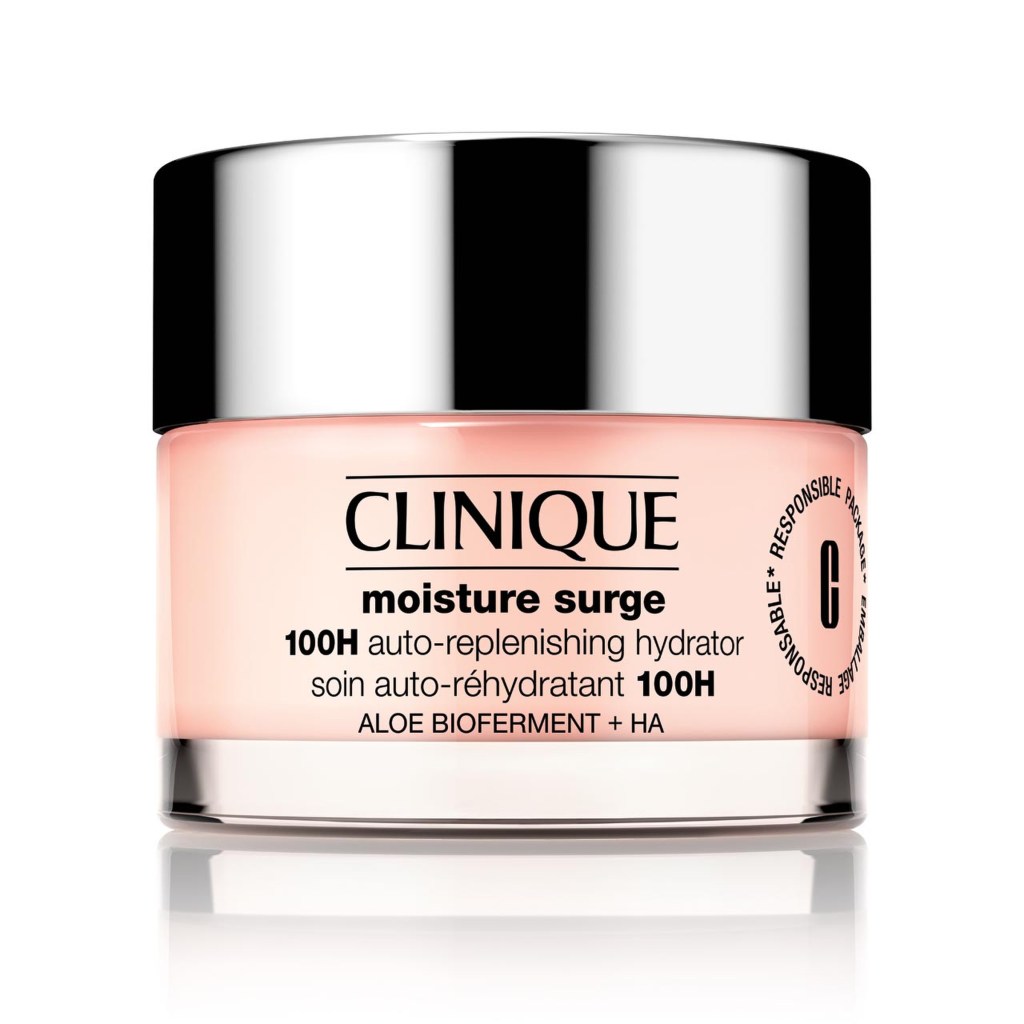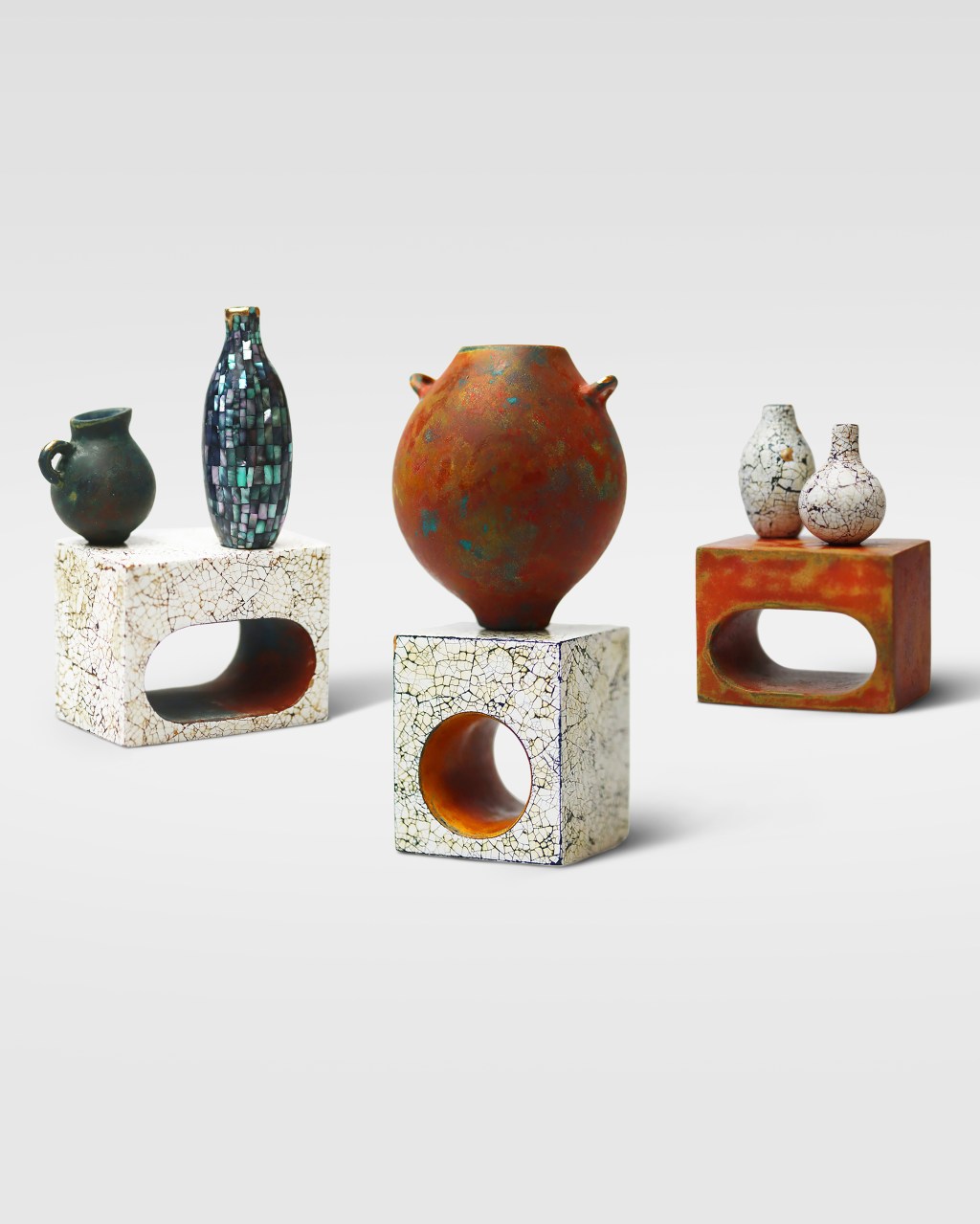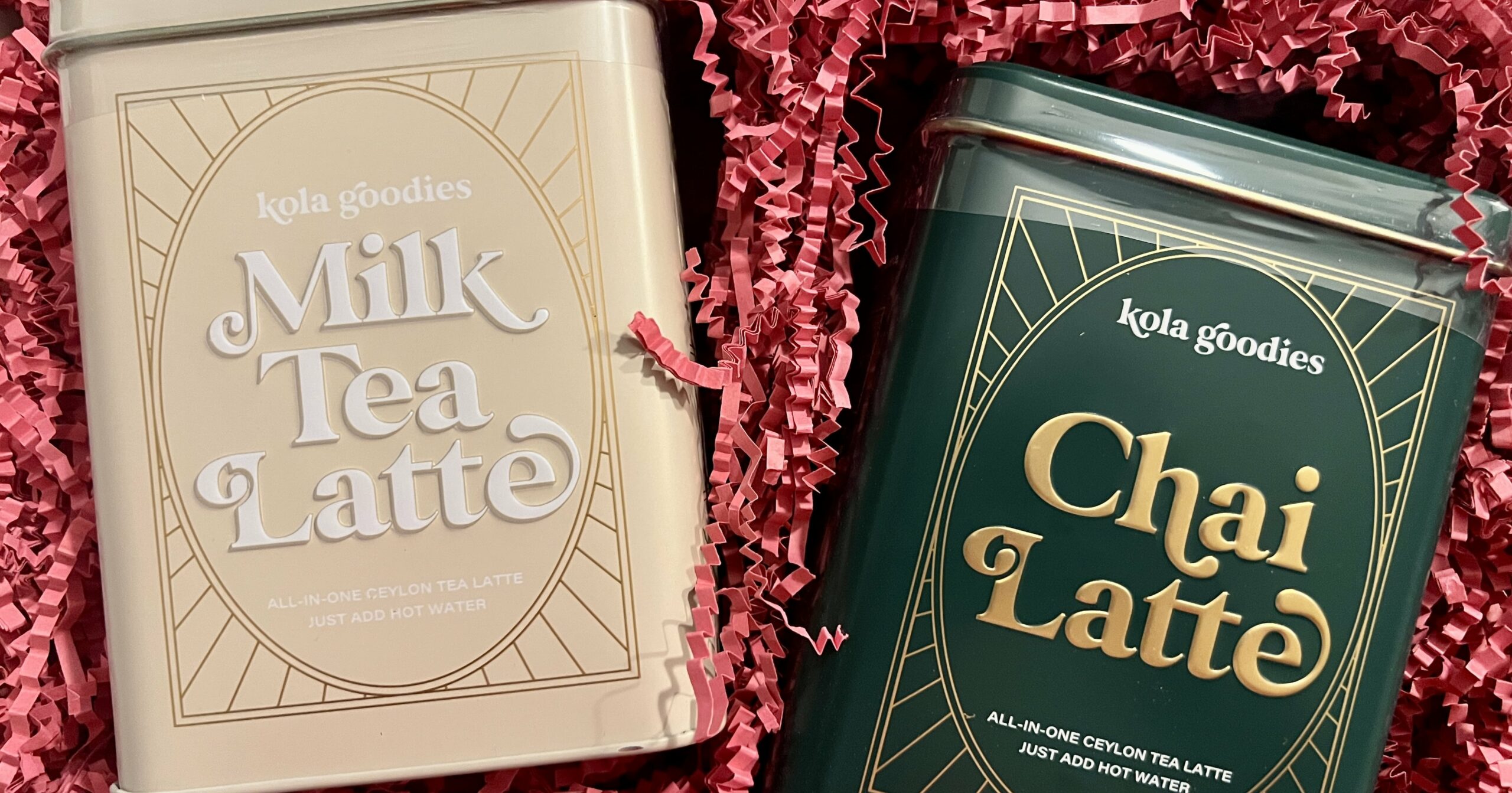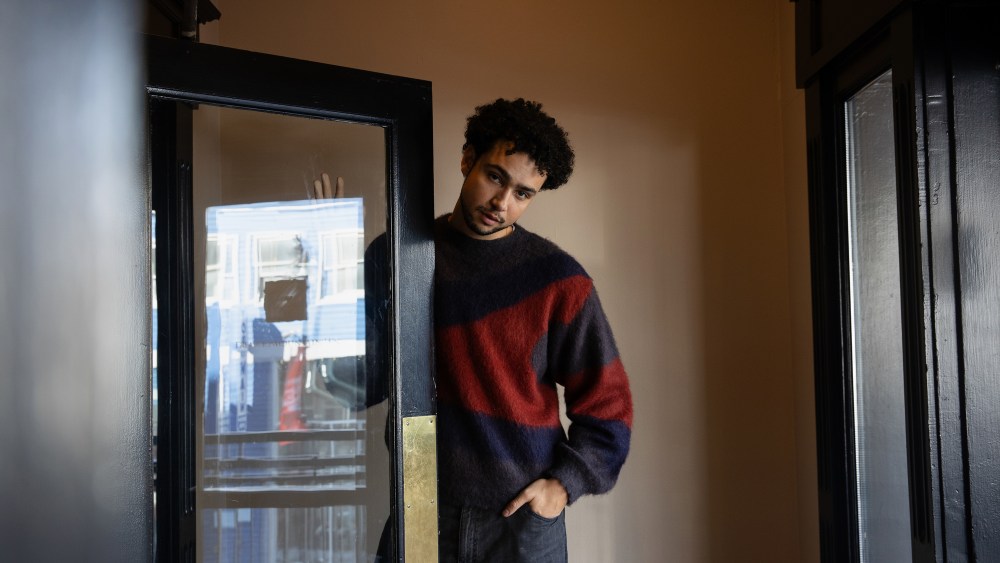Between the sustained growth of dupe culture, skin care’s surprise sales swell — and the category’s new Gen Alpha proponents — and the rise in U.S. social commerce and AI-driven personalization, the inner workings of the beauty industry are evolving rapidly.
On Thursday, CEW’s 2024 State of Beauty Report saw experts from Iced Media, CreatorIQ, Spate, Google, Mintel, NIQ and Circana present key themes and insights pertaining to the state of the beauty industry.
Here, the top themes and takeaways.
From social commerce to AI, early adoption is key
With social commerce forecasted to rake in $70 billion in the U.S. this year alone, Iced Media founder and chief executive officer Leslie Hall dove into the TikTok Shop juggernaut. Beauty reigns as the top-selling category on the platform, which has helped catalyze sales for certain early adopters such as The Beachwaver Co., which Hall said has sold more than 300,000 units of its rotating curling iron since debuting on the platform last summer.
Related Articles
Prestige brands both in the U.S. and abroad can implement “exclusives and bundle [offerings], which won’t require them to discount their products,” said Hall, as a means to thrive on TikTok Shop without being discount-driven.
AI programs such as Meta’s Advantage+, TikTok’s AI avatar and Snapchat’s recently launched AI Chatbot, meanwhile, can serve as effective means toward consumer acquisition and personalization.
“The AI revolution is here and you need not fear it; try out and experiment with different tools, and find out what works best for your business,” Hall said.
Engagement over impressions
CreatorIQ spotlighted five brands which were acquired in 2023 — K18, Naturium, Dr. Dennis Gross, Mielle Organics and Creed — and the unique factors behind their respective social media success.
K18, which was snapped up by Unilever in December, was the fastest-growing hair care brand by earned media value in 2023, seeing 409 percent year-over-year growth in the metric. An effective TikTok strategy drove most of this growth, with the platform accounting for a high 43 percent of the brand’s total EMV.
“TikTok is growing across the board, but it’s generally driving maybe 20 percent to 30 percent of most brand’s EMV on average; Instagram is still the dominant platform and driving around 70 percent to 80 percent of the typical brand’s EMV,” said Alexander Rawitz, director of research and insights at CreatorIQ.
E.l.f. Beauty-owned Naturium, meanwhile, saw 170 percent year-over-year growth in engagement, namely driven by high-profile figures in the skin care community, such as Hyram Yarbro.
Though Dr. Dennis Gross was mentioned in fewer posts in 2023 than years prior, the brand still saw 135 percent growth in TikTok EMV because “the TikTok content the brand did appear in was just that much more effective,” Rawitz said.
Mielle Organics saw a sizable social growth thanks to new creators — 50 percent of users who mentioned the brand in 2023 hadn’t posted about it in 2022, with the brand’s Black Friday activations in particular driving buzz.
Creed’s growth was largely driven by Instagram, where the Kering-owned fragrance brand saw 87 percent growth in EMV and 55 percent engagement growth, despite only growing 2 percent in impressions.
Other brands gaining steam on social include Patrick Starr’s One/Size, Saie Beauty, Hailey Bieber’s Rhode, Tower 21 and Refy, said Rawitz, adding that “we’re seeing engagement being more determinative than impressions for growth.”
Education, mind-body beauty and inclusivity through AI
Mintel forecasts three key trends will come heavily into play in 2024. The first, it has coined “sophisticated simplicity,” referring to a growing crop of value-driven consumers’ focus on “how quality and efficacy play into purchase equations,” said Sarah Jindal, senior director of beauty products and consumer health.
The mind-body beauty connection will also continue to increase in importance as mental health becomes a growing concern, and wellness-forward ingredients like adaptogens are increasingly harnessed in topical products. Psycho-dermatology, too, is gaining prominence as another aspect of this phenomenon. “We’re seeing more research on this intersection of dermatology and psychiatry, and getting a better understanding of how our brain has an influence on our skin, whether it’s psoriasis, eczema, acne — things like that all have psychological link,” Jindal said.
Lastly, AI’s growing influence in beauty will allow brands to more easily identify nascent, eco-friendly formulations and packaging options whilst creating a more inclusive beauty landscape “through different algorithms that are trained to look at these diverse data sets and figure out how to cater to a wide variety of beauty needs within the consumer groups.”
Gen Z wants good products and better vibes
Not only is the skin care category swelling, but interest in makeup has exceeded pre-pandemic levels and hair care has, too, growing thanks to hair density and growth products, Google Search data indicates.
Fragrance, meanwhile, was the fastest-growing subcategory in beauty in 2023 by search interest, increasing by more than 35 percent. “Gen Z, specifically, is associating fragrance with their energy and vibe; they have different fragrances for different moods, energies and emotions — we expect to continue to see that in 2024,” said Sam Mintz, head of sales strategy and insights at Google.
Gourmand fragrance ingredients like vanilla and strawberry are more popular, while K-beauty is also seeing a comeback thanks to brands like Medicube and Skin1004.
In hair care, Amika and Kérastase dominated searches; Rare Beauty, Laura Geller and E.l.f. Cosmetics topped makeup; Valentino, Paco Rabanne and Jean-Paul Gaultier led fragrance searches. By/Rosie Jane and Ffern, meanwhile, were among the top up-and-coming fragrance brands by search growth.
Interest in mini-size products is on the uptick, in particular alongside lipstick, Beauty Blenders and perfume, with discovery fragrance sets seeing seen 29.1 percent year-over-year search growth.
Maximize omnichannel strategies — and don’t fear the dupe
Beauty saw double-digit sales growth in Africa, Europe, North America and Latin America in 2023, though growth softened in parts of Asia due to ongoing strain in the real estate market.
Dollar sales growth was in part bolstered by inflation — NIQ reports it costs $132 today to buy what cost $100 in 2019 — but also, consumers are, in general, spending more money on beauty, and markets like India are seeing standout growth thanks to the country’s growing middle class.
In the U.S., TikTok Shop claimed its spot as the 12th-largest e-commerce destination for beauty and personal care in 2023; Amazon maintained its position as number-one. NIQ’s Tara James Taylor said that “while online is extremely important, it’s also important for for brands to consider the experience of the store — don’t lose sight of that while managing your online and omnichannel strategies.”
Hispanic consumers in the U.S. take six more in-store beauty shopping trips per year than non-Hispanic U.S. consumers, she added.
Interestingly, wellness and beauty/personal care went head-to-head in terms of overall sales growth, netting 11.8 percent and 11.7 percent growth in 2023, respectively.
Celebrity beauty brands, which continue to be a relevant them in the U.S. thanks to brands like Selena Gomez’s Rare Beauty and Tracee Ellis Ross’ Pattern Beauty, surpassed $1 billion in sales in the U.S.
“Over 60 percent [of celebrity beauty brands] are still growing, while 37 percent are not growing,” Taylor said.
NIQ also found that the five most-duped beauty brands have sustained an average 54 percent sales growth, indicating dupe products are not chipping away at their performance.
The original “dupes,” or private-label lines, have seen 12 percent growth, with the strongest increases in hair care and bath and body specifically.
Masstige beauty’s growing market share
Data from Circana indicates U.S. beauty sales grew 11 percent to $108.2 billion in 2023.
Prestige sales grew 14 percent, while mass market sales grew 11 percent. Masstige brands — though they only represent 11 percent of total dollar beauty sales — are growing faster than the other segments, increasing 16 percent.
Masstige brands make up close to 20 percent of total hair care sales, though they are seeing the softest growth in the category (masstige brands logged 10 percent growth in hair care; 12 percent in makeup; 18 percent in fragrance and 28 percent in skin care).
“Masstige brands are capturing greater dollar share at the expense of both traditional prestige and mass brands, which makes competition broader and more complex if you’re a traditional player in the beauty space,” said Larissa Jensen, vice president of beauty and industry adviser of Circana.
“Prejuvenation” emerged as a trend with younger consumers, who are increasingly “using minimal or noninvasive cosmetic procedures to reverse signs of aging such as tired looking eyes and expression lines,” said Jensen, adding that it is unclear whether the trend will negatively impact sales of traditional beauty products among Gen Z.



